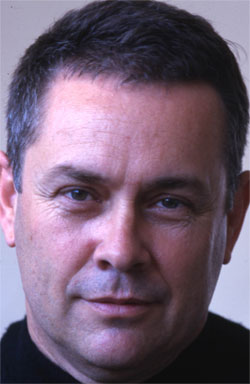 Neil Henson, Fashionbytes, was in New Zealand recently to present his recent
research on worldwide trends that will drive the design of future homes.
These seminars, held in Auckland, Wellington and Christchurch, were
sponsored by Resene as part of their educational programme for architects
and designers.
Neil Henson, Fashionbytes, was in New Zealand recently to present his recent
research on worldwide trends that will drive the design of future homes.
These seminars, held in Auckland, Wellington and Christchurch, were
sponsored by Resene as part of their educational programme for architects
and designers.
Henson outlined his holistic approach to the futures and forecasting work that he has been involved in for corporate clients and government. It involves research and a comprehensive understanding of social, political, environmental, technical and financial cultures within an industry or community. His work takes him around the world so his perspective and expertise is totally global. To forecast into the future, it is important to know the history, market and culture, and then have intuition to interpret how these factors will impact on future needs and desires of consumers.
Social trends, such as the desire for more fun and time out, include cooking, gardening and secular spiritualism. The emerging slow-food movement will change the way we use kitchens and how they will be designed, and bathrooms will be broken down to several separate spaces such as a day-spa that overlooks the garden, a personal grooming and dressing area encompassed within the wardrobe zone, and the toilet will stand alone in its own space. Bathroom spaces will get larger and kitchens smaller, and materials will be less severe and more organic, Henson predicts.
Environmental changes such as turbulent weather patterns will have a huge affect on insurance companies and they will in turn drive security levels within homes, offering reduced premiums for higher levels of protection. Voice-activated or finger-printed access to spaces may replace the lock and key control of doors in future.
Technology development provides designers and homeowners with numerous decisions when selecting building materials today. Are they sustainable? Can they multi-task? A coffee table may also be a heating pad within a room, or paint finishes may serve as receptors for automated temperature or light control. Chairs with "memory" will mould to the body shape and provide customised ergonomic support. Walls will be moveable (on wheels or slide away into a hidden cavity) or "virtual" with fog or light used to define a space, or glass that becomes opaque at the flick of a switch. 3-D computerised design offers the ability to design sculptural buildings that mould into the landscape in total harmony - a marriage of science and art.
Homes will become more flexible and designed in a way that they can be adjusted to meet the needs of the owners through various stages of their lives. When people are first partnered they may desire a home gym, home theatre and entertainment area. If and when children come along some of these spaces may be converted to children's bedrooms and play areas. And when the children leave home, the empty-nesters may want to convert bedrooms and playrooms to hobby spaces, home office, health spa or guest facilities, or even care-giver quarters for live-in support if needed. The idea of plug-in pods was also presented, similar to the concept of the motor-home, where pods may be added when required or moved to the beach for an instant holiday home.
Research has proven that more and more people are working from home based offices, and even in the large open-plan corporate office spaces, one of the biggest concerns is privacy and how this will be managed. Noise control and space planning need to be addressed to overcome this issue. Henson showed us an image of a privacy solution designed by a student, a chair with pull-down hood, which was an innovative way to solve the problem.
Fashion is not just about the clothes you wear, but also the car you drive, the phone or computer you use, the furniture you choose, the magazines you read. Fashions change on a seasonal basis to encourage consumer spending. Futures forecasting is very different from fashion - it is a skilled process to determine trends that will emerge or decline in the future.
Fashionbytes designs and manages the colour ranges for several industry groups including apparel, textiles, homewares and furnishings. At the conclusion of his presentation, the latest Fashionbytes Colour Palettes for Spring/Summer 2006 were presented, and these were supported with packs of colour samples from Resene, which the seminar attendees numbering over 350, took with them.
Feedback on the seminar has been fantastic -
"the best presenter we've had in New Zealand for years"
"the two hour seminar just flew by, give us more"
"charismatic and very inspiring presenter, thank you Resene.."
"Neil has so much knowledge and expertise, and was so willing to
share it with us"
Review provided by Jill Carroll of Colourwaves.
A selection of Fashionbytes Colour Palettes for Spring/Summer 2006 presented in Resene colours
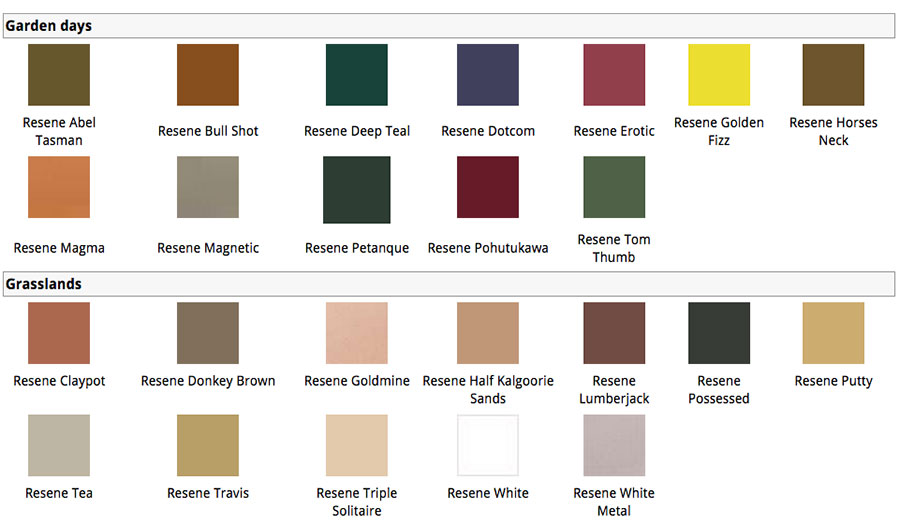
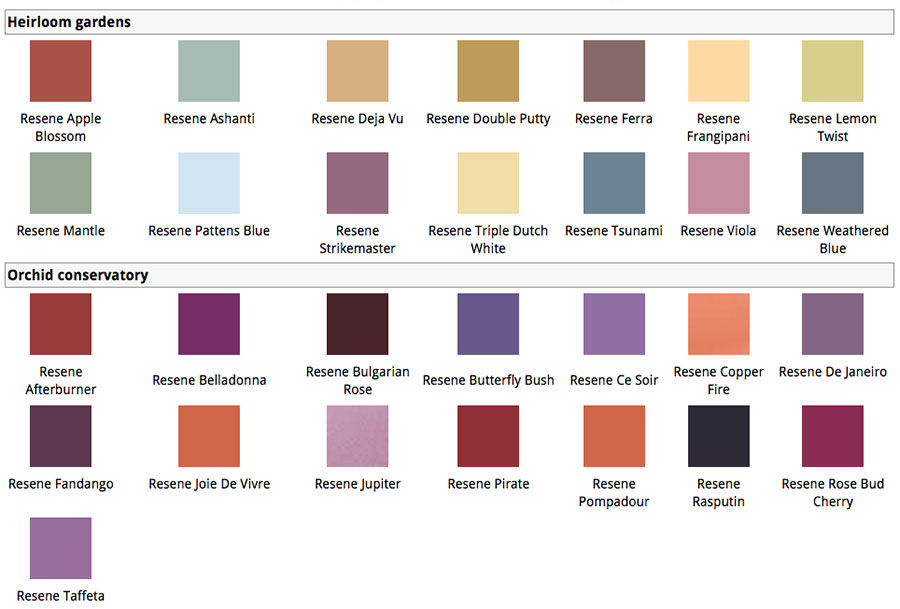
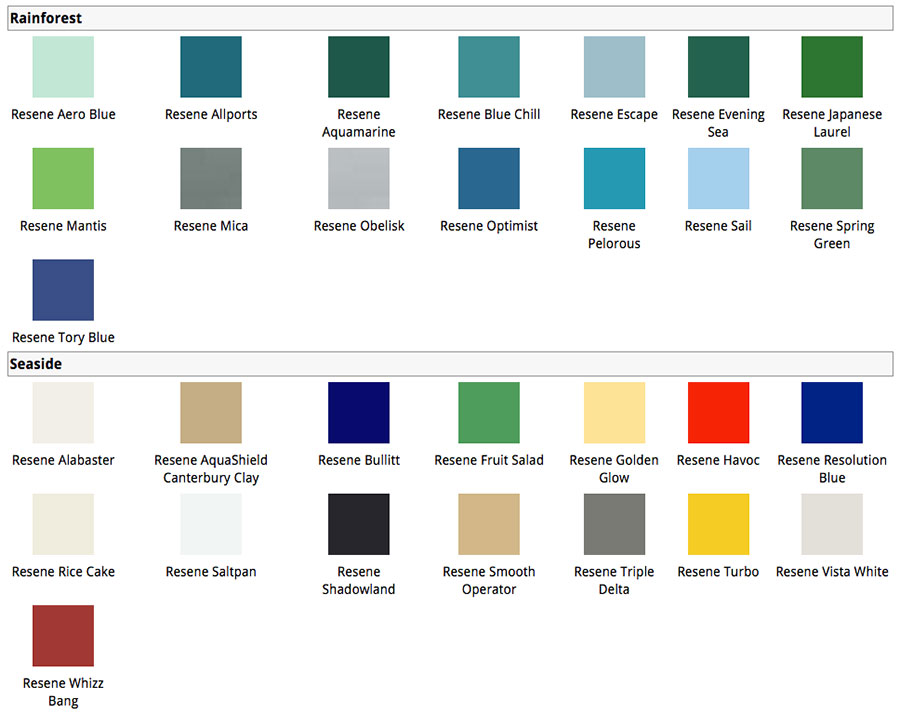
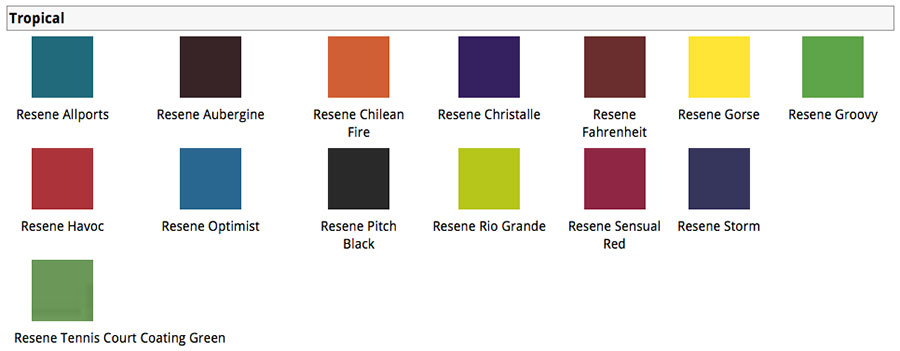
View 2009 seminar notes
View 2008 seminar notes
View 2007 seminar notes
View 2006 seminar notes